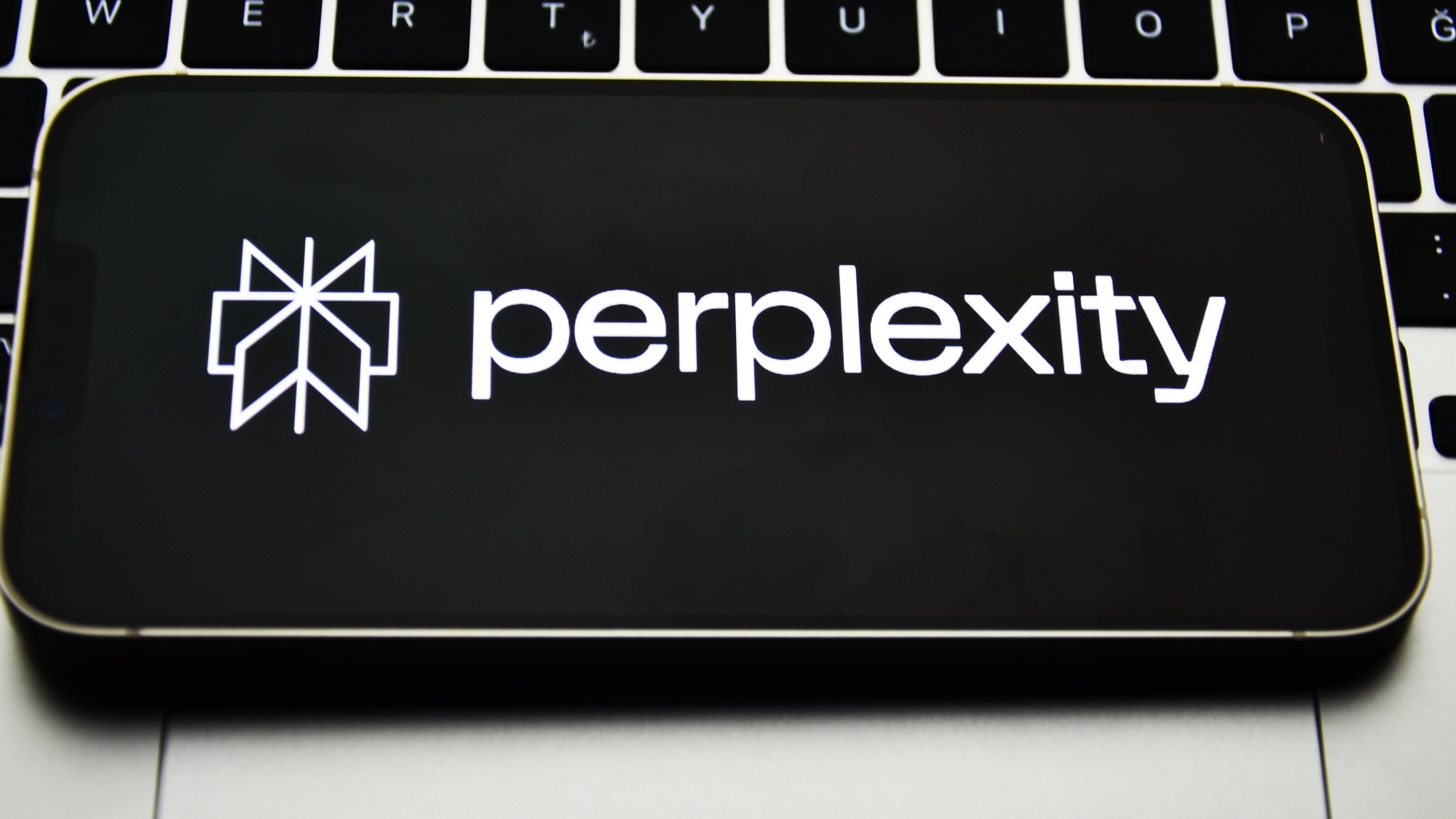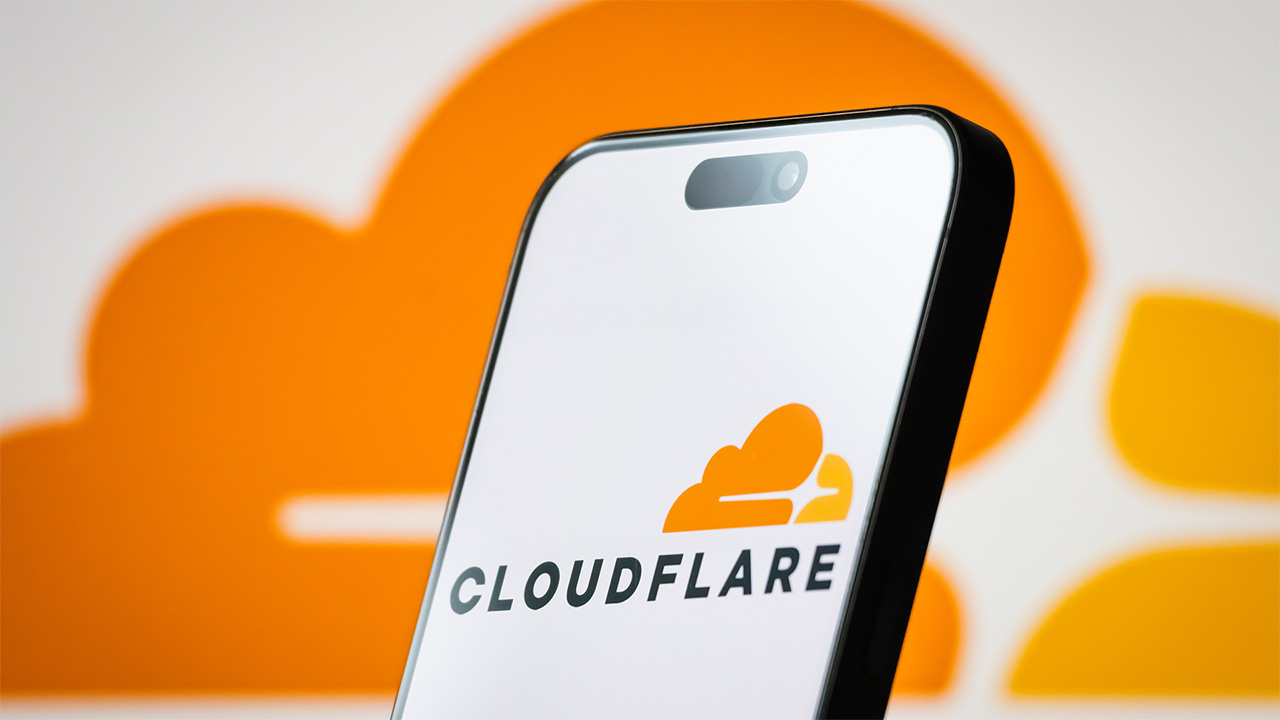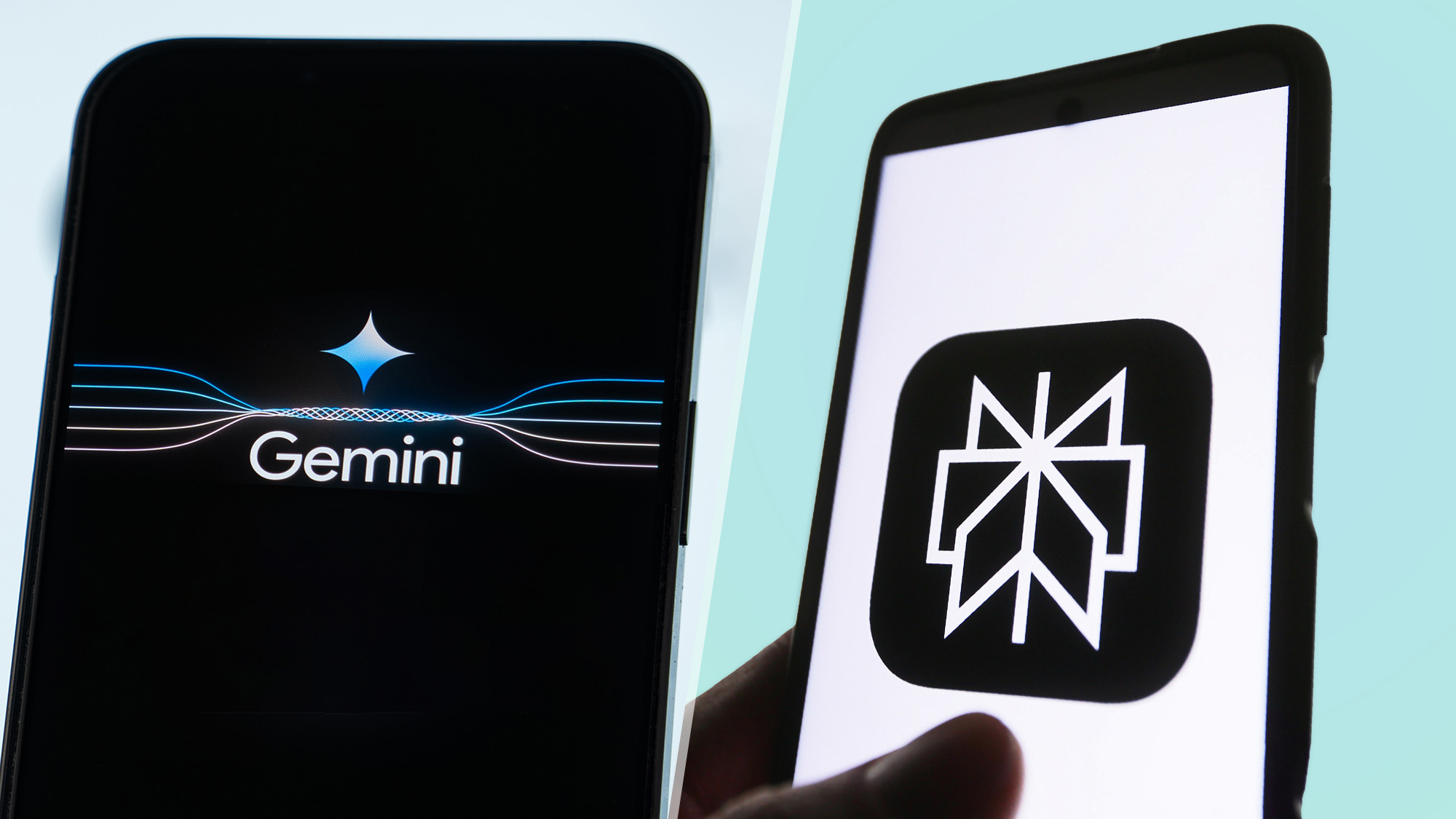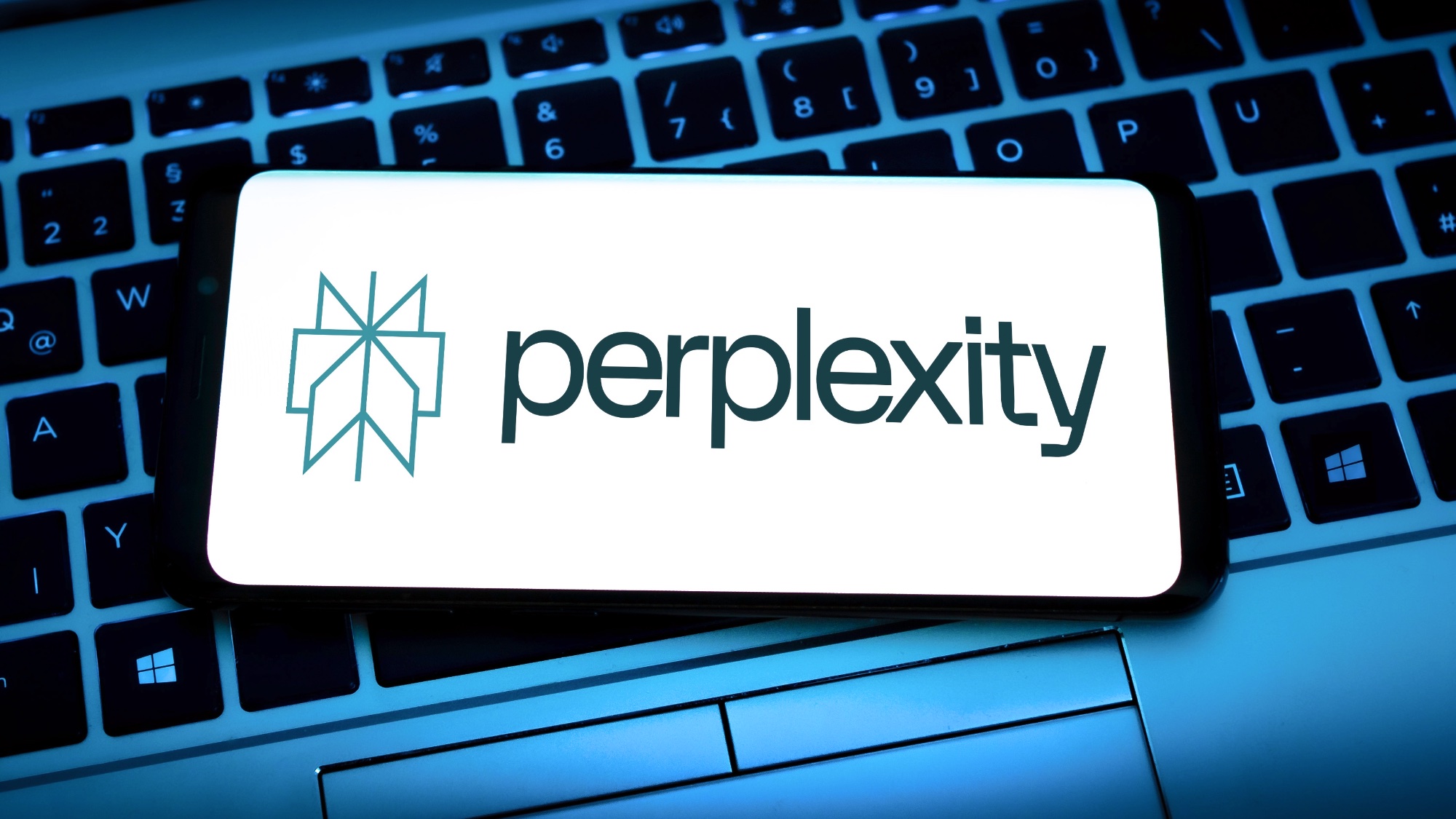Comet browser, Truth Social concerns and how to battle hallucinations: Perplexity's head of communications reflects
A deep dive into every part of Perplexity and its mission

Perplexity, the AI search engine, has had a meteoric explosion of late, becoming one of the leading brands in the world of AI. But in its short history, it has certainly had a mixed reception. In recent months, it has launched one of the first stand-alone AI internet browsers, helped create an AI-powered smartphone, and stood out as the clearest competitor Google search has had in a long time.
At the same time, the company has faced controversy, becoming the new go-to search engine for Truth Social, the social network created by Donald Trump. At around the same time, CloudFlare, a popular cybersecurity company, accused Perplexity of using stealth to get access to websites that should be banned from AI (something that Perplexity denies).
Perplexity is making headlines and bringing the fight to much larger companies like Google and ChatGPT. But how set up is it for its rapid expansion, and what does the Perplexity team think about the company’s recent controversies? I spoke to Jesse Dwyer, Perplexity’s head of communications, to find out more.
The rise of Perplexity and its competition with Google

Perplexity has naturally drawn comparisons to Google. It is, after all, trying to achieve the same goal. It is designed as a search engine. Similar to Google’s AI overview, it crawls the search pages of the internet, providing a response to your query using articles, Reddit forums, and blog posts.
“We certainly see Google as our only competitor. I think there’s two reasons those comparisons started. Firstly, our original Perplexity Search product is just far superior to Google’s Search. It’s plainly obvious to anybody who uses it,” Dwyer said when asked about the comparisons to Google.
We’re the only company that has seriously tried to compete with Google. It’s an ambitious goal
“We’re the only company that has seriously tried to compete with Google. It’s an ambitious goal. When we first decided to get into the AI space, there was a discussion of what practical use there is for AI. The barometer we decided on was that an idea had to be big enough to compete with Google.”
There isn’t data to show what percentage of the market Perplexity holds, but recent reports put Google at roughly 90%. Bing, the closest competitor, holds 4.02% and Yahoo has 1.49%. While Perplexity is definitely growing in size and offering a new kind of competition for Google, it still has a long way to go.
Get instant access to breaking news, the hottest reviews, great deals and helpful tips.
A few days after our conversation, Perplexity made an unexpected offer. The company publicly stated that it would like to buy Google Chrome at a price of $34.5 billion. Google Chrome isn’t for sale right now, and despite offering up $34.5 billion, Perplexity’s latest valuations put Perplexity at a value of around $18 billion.
While there are reportedly backers that would support Perplexity in its purchase, it would remain a large jump for the company to be able to do this.
However, putting valuation to the side, it seems clear why Perplexity is making it clear that it wants to buy Chrome. Google is currently on the receiving end of a DOJ antitrust case in the United States.
While no rulings have come from this, one potential solution is for Google to sell off Google Chrome. OpenAI has already made its interests clear in filling this space, but Perplexity wants in on the action, too.
The launch of Comet

Perplexity’s biggest news is the launch of its Comet browser. Until now, Perplexity has only been available via their website, offering a similar service to what you can get from opening Google.
However, Perplexity is now taking the next step, aiming to compete on the larger stage of being a full-blown browser. Comet, like Google, is a desktop app that searches the internet.
It works slightly differently by generating a response, utilising a variety of websites, Reddit threads, and articles. It is also an AI agent, able to take on tasks for you, like booking restaurants, filling out forms and ordering products at the cheapest prices.
We’ve tested Comet before, and were genuinely really impressed by the agentic agent side of the tool. But while it is advertised as a browser, Dwyer sees it as more than that.
“The easiest way to think about Comet is less as a browser and more as a personal AI system. For us, we see a personal AI assistant as performing best when it is more like a second brain for you versus a second brain for your computer,” Dwyer explained.
Comet is still very much in its infancy. It is still being slowly rolled out to users and the backlog is well into the hundreds of thousands. However, for Dwyer and the team, this is the future of Perplexity.
Hallucinations and use case

AI does inherently have a lot of problems. However, the big one that is addressed most often is hallucinations. That is any time an AI model gets something wrong, makes information up or falls out of line with its usual behavior.
“This really gets to the heart of what Perplexity is. Our core technology is accuracy. With hallucinations, you imagine the extreme examples, but hallucination is a spectrum, and you require a certain amount of hallucination for the model to perform at all,” said Dwyer.
“For ChatGPT, for example, a certain amount of hallucination is a feature. For Perplexity, it is a bug and always has been.”
Dwyer went on to explain that, in the early days of Perplexity, the team was encouraged to create an AI model that hallucinates and does strange things. This was seen as a way to boost interest in the model.
“We have a much more forward-looking view of that, where we think that, in the short term, it could be good for your brand. But as AI creates more information at a higher rate of speed, the amount of content that exists is compounding. AI is making big decisions now and can’t be seen to be making mistakes,” Dwyer explained.
“Perplexity is in the market of accuracy. In our work on the models that we use, we post-train them to be more accurate, even if we’re using models from 3rd parties. That kind of work never ends. We don’t claim to be 100% accurate, but we do pride ourselves on focusing on accuracy.”
Cloudflare and TruthSeek

In the weeks leading up to my conversation with Dwyer, there was a news story doing the rounds. Cloudflare, a cybersecurity company, had accused Perplexity of using stealth to evade a website's no-crawl rulings.
What this would effectively mean is that Perplexity was accessing websites and using the information on them, even if that website didn’t want to be accessed. Cloudflare accused them of doing this by obscuring their identity in an attempt to get around a website’s preferences.
It’s a pretty big claim and one that Perplexity disputes. Perplexity has a long blog post responding to this report, effectively stating that it has misunderstood how website crawling works.
“It’s a bunch of hype and bluster, and a misunderstanding that is kind of clearly identifiable. They attribute 3-6 million stealth agents to Perplexity. Those are all agents that belong to a browser base and not us,” Dwyer said.
Perplexity claims that Cloudflare confused Perplexity with unrelated traffic from BrowserBase, a third-party cloud browser service that Perplexity only occasionally uses for specialized tasks.
Currently, Perplexity and Cloudflare remain in disagreement on the issue. Perplexity, both in this interview and the company’s blog post addressing the subject, maintains that Perplexity has no wrongdoing, and this, in its simplest form, is a misunderstanding from Cloudflare.

Dwyer went on to address the other recent controversy of Perplexity becoming the new browser of choice for Truth Social, Donald Trump’s social media site.
“Truth Social is just using our API in the way any developer would. We don’t tend to comment on partnerships or customers of any kind; that’s just part of our privacy policy. If the partner chooses to publicize the news, that is their decision,” Dwyer said.
“From a public relations standpoint, I’d say that the inbox that is for my approval of press releases from partners who’d like to announce they’re working with us is much longer than I could ever address. We have over 350,000 developers using our API, Truth Social is just one of those.”
Perplexity hasn’t publicly endorsed this use of the company’s tool. However, as anyone using the platform’s API is able to adjust it to their own needs, this is shaping up to be a different type of Perplexity.
It will limit the number of sources used, and, under the system of Truth Social, will be able to alter the system. Early reports of the new tool have criticized its effectiveness.
The future of Perplexity

Perplexity seems to be endlessly in the news right now. Whether it's trying to buy Google Chrome, rumours of a potential partnership with Apple, or the many recent controversies it seems to be wrapped up in.
Dwyer seems positive about the future. In his own words, the team wants Perplexity “to operate in any world that serves the purpose of helping people ask more questions of the world. We all have questions about our world that we don’t know the answers to, and some things don’t even have an answer. Curiosity is a key part of being human, and we want to champion that.”
Perplexity is an competitive space. The likes of ChatGPT and Gemini are dominating, and Perplexity has managed to find a somewhat niche corner of AI to serve in.
The company isn’t without its controversies, but in Dwyer’s view, these are all things that Perplexity is either working on or doesn’t see as an actual problem.
How much the company will be able to compete with Google is yet to be determined. While Perplexity wants to be the next owner of Chrome, it is more likely to join the ranks of the many strong alternatives lining up to be your default search browser.
Follow Tom's Guide on Google News to get our up-to-date news, how-tos, and reviews in your feeds. Make sure to click the Follow button.
More from Tom's Guide
- ChatGPT is pulling from Google Search to answer your questions — here’s why it matters
- I turned my life into a TV show trailer with Veo 3 — here’s what worked (and what didn’t)
- Missing ChatGPT-4 after the GPT-5 roll out? Here's how to bring it back

Alex is the AI editor at TomsGuide. Dialed into all things artificial intelligence in the world right now, he knows the best chatbots, the weirdest AI image generators, and the ins and outs of one of tech’s biggest topics.
Before joining the Tom’s Guide team, Alex worked for the brands TechRadar and BBC Science Focus.
He was highly commended in the Specialist Writer category at the BSME's 2023 and was part of a team to win best podcast at the BSME's 2025.
In his time as a journalist, he has covered the latest in AI and robotics, broadband deals, the potential for alien life, the science of being slapped, and just about everything in between.
When he’s not trying to wrap his head around the latest AI whitepaper, Alex pretends to be a capable runner, cook, and climber.
You must confirm your public display name before commenting
Please logout and then login again, you will then be prompted to enter your display name.










